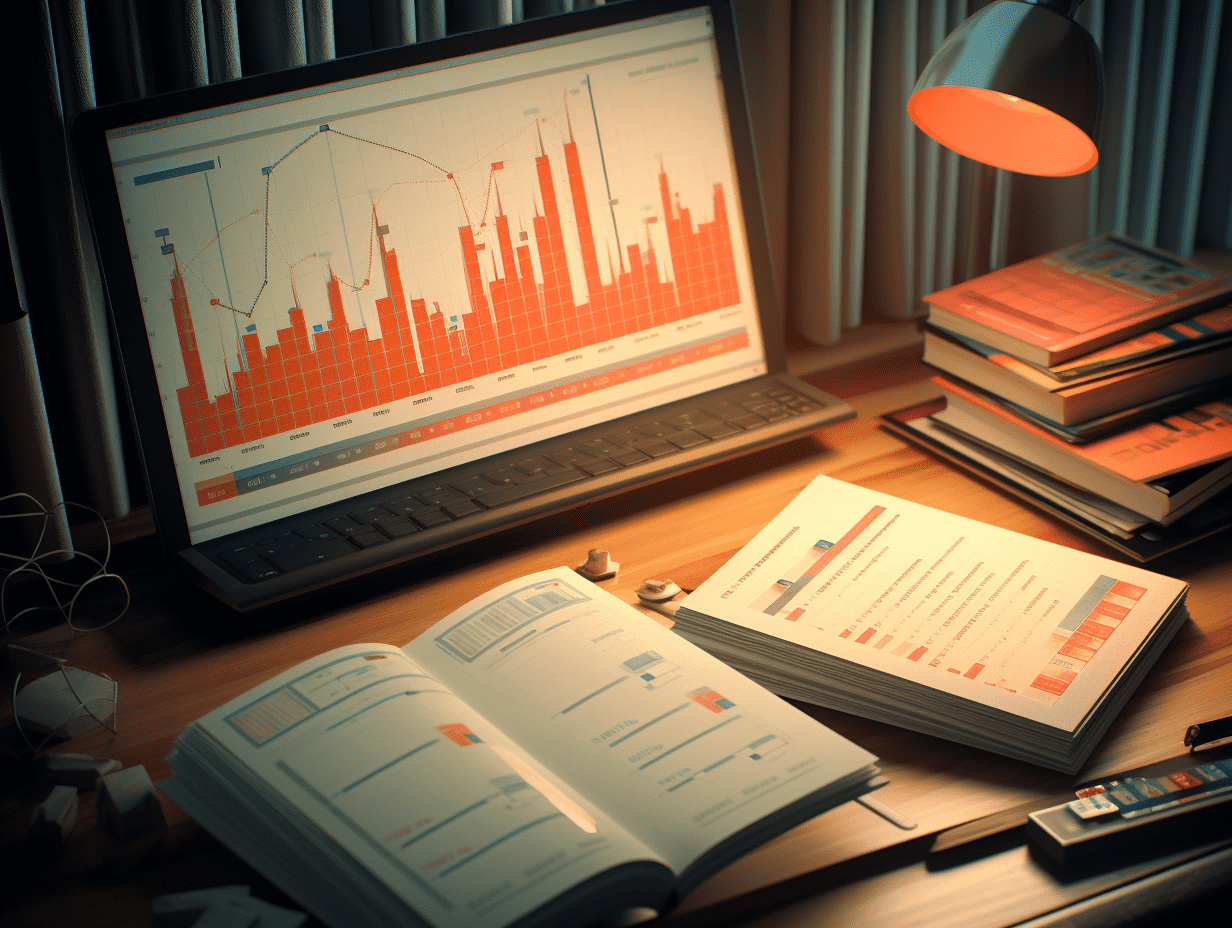
CITIC SEC: Expansion of BC Battery Production Capacity Expected to Accelerate, Focus on Three Main Themes
CITIC SEC released a research report stating that BC, as the next generation of photovoltaic technology with the most promising application prospects, is expected to see accelerated expansion of BC battery capacity due to the resolution of process technology issues and increased end demand. With the joint promotion of the upstream and downstream of the industrial chain, it is expected to achieve rapid production growth from 1 to 10 by 2025.
The report suggests focusing on investment opportunities in the BC industry chain from the following three main perspectives:
1) Batteries & Components: Recommending leading companies that have completed the layout of BC battery and component production capacity.
2) Equipment: Recommended focusing on laser equipment with higher flexibility in BC graphic technology and higher value coating equipment, as well as direction of soldering equipment using new welding methods.
3) Auxiliary Materials: Suggested focusing on technological upgrades of BC composite solder strips, conductive pastes, and insulation adhesives.
CITIC SEC's main points include:
LONGi Green Energy Technology has released upgraded BC 2.0 component products, leading in conversion efficiency and power.
According to LONGi Green Energy Technology's official WeChat account, on April 11, 2025, LONGi Green Energy Technology held a BC 2.0 product spring launch conference in Wuhu, Anhui. The company released the BC 2.0 upgraded product Hi-MO 9 modules, with a mass production power reaching 660W, and the company expects it to increase to 670W by the end of the year, an increase of 40W compared to the highest power of TOPCon modules (630W); module mass production efficiency has reached 24.8%, higher than TOPCon modules (mass production efficiency 23.3%) by 1.5 percentage points. The module dual-sided rate has increased from 70% to 75%, and can be further increased to over 80% according to customer demand. The company expects that using Hi-MO 9 modules will increase electricity generation by 8-11% and reduce BOS costs by 11-22 cents/W.
Multiple upgrades in optical and electrical dimensions drive the breakthrough of the battery production efficiency exceeding 27%.
According to LONGi Green Energy Technology's release conference, the mass production efficiency of LONGi Green Energy Technology's BC 2.0 battery has exceeded 27%, 1.5 percentage points higher than TOPCon batteries (mass production efficiency 25.5%). Efficiency improvement mainly comes from the following four aspects:
1) Front side without gridline design: can achieve 100% absorption of front light, effectively increasing the absorption area by 5%;
2) Sub-micron velvet surface: the front side uses sub-micron velvet surface + multi-layer anti-reflective film, which can reduce reflections and improve conversion efficiency;
3) Battery full-area passivation: no damage to the front and side, back side using bipolar composite passivation, can effectively reduce carrier recombination;
4) Gridline optimization: on one hand, using 0BB technology to reduce transmission losses, on the other hand, increasing the gridline aspect ratio to 80%, further reducing gridline resistance.
In addition, the conversion efficiency of HIBC battery in LONGi Green Energy Technology's laboratory has increased to 27.81%, breaking the company's previous record of 27.4% for crystalline silicon cell efficiency, and becoming the cell closest to the theoretical limit of 29.4%. Meanwhile, in the process of efficiency improvement, BC battery production companies are continuously solving process technology issues and improving product yield.
Market recognition or push may accelerate capacity expansion.
According to LONGi Green Energy Technology's release conference, the global contracted volume of LONGi BC battery has exceeded 30GW, with 20GW for BC 1.0 already shipped, and orders for BC 2.0 signed and prepared for shipment since 2024 reaching 10GW, covering domestic key power generation companies (China Huadian Corporation, China Energy Investment Corporation, State Power Investment Corporation, etc.) and large overseas energy companies (Engie, etc.); in addition, the company has a reserve order of over 40GW for BC. According to LONGi Green Energy Technology's official WeChat account, the company recently signed a 226MW Hi-MO 9 module order in Greece, which is also the largest BC ground station project in Europe to date. According to LONGi Green Energy Technology's release conference, since March this year, the company has successfully climbed up an additional BC production line every 3 days on average, and the construction speed will continue until the end of the year. The company expects to have 70GW of BC production capacity by the end of the year. Under the promotion of LONGi Green Energy Technology, from upstream equipment (laser, coating equipment, etc.), materials (solder strips, adhesive films, back sheets, etc.) to downstream batteries and components, a complete BC industrial chain has been formed.
The spring of BC industrialization has arrived, and it is expected to see rapid production growth by 2025.
The characteristics of BC modules with front side without gridlines, more aesthetic appeal, and higher front side power generation are naturally suitable for the distributed market. Moreover, due to higher conversion efficiency and comprehensive power generation, the application space of BC in centralized scenarios is expected to further expand. Currently, the profitability of the entire photovoltaic industry has entered the bottom range, and it is expected that industry capital expenditure in 2025 will mainly focus on BC technology. Leading battery module companies such as LONGi Green Energy Technology and Shanghai Aiko Solar Energy are accelerating the layout of BC production capacity, and it is expected that domestic BC shipments in 2025 may approach 50GW, with a market penetration rate reaching 7%, officially entering the rapid production growth stage from 1 to 10. With the continuous improvement of BC cost-effectiveness, it is expected that the global shipment volume of BC modules will exceed 160GW by 2027, corresponding to a CAGR of 85% from 2024 to 2027, and the penetration rate may increase to over 20%. By 2027, the global market size of BC modules is expected to exceed 120 billion yuan.
Risk factors:
Global photovoltaic installation growth does not meet expectations; further escalation of overseas trade barriers.Raw material prices have risen significantly; the development of BC battery technology is not as expected; the cost reduction of BC batteries is not as expected; competition is intensifying."Bonjour, comment a va?"
"Hello, how are you?"
CITIC SEC: Supply chain adjustments are forcing the industry chain to upgrade independently. Scientific instruments are ushering in a wave of domestic alternatives.
Buying on dips has become a habit! Will the individual stock investors who have only experienced bull markets welcome their first bear market?
RECOMMEND
©️2013 - 2025 GMT EIGHT Holdings. All Rights Reserved.
Contact: [email protected]


